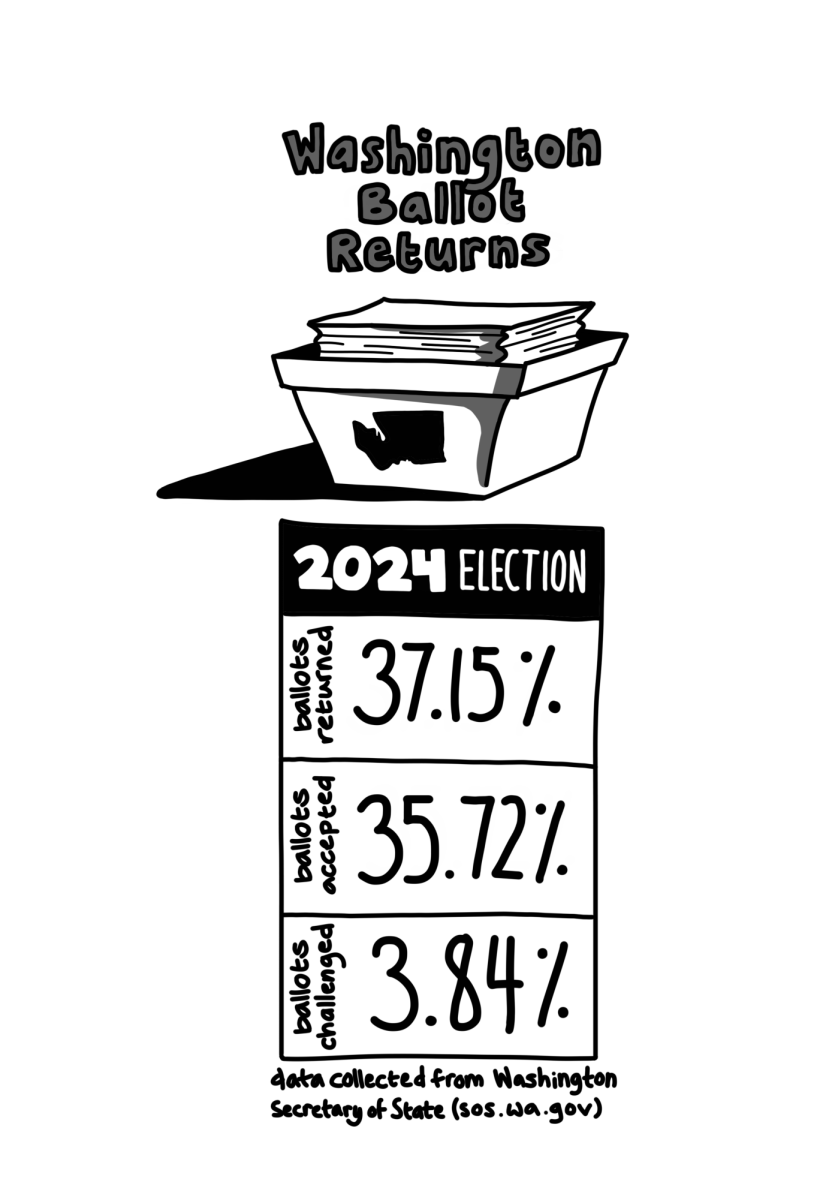Poor harvests and demand for foods used for biofuel production have caused global milk prices to double in the past two years. This price increase, or “ag-flation” as analysts have dubbed it, is also being seen in corn and beef industries worldwide. Analysts also say that this phenomenon will likely result in continued higher food prices than in the past if production costs and ongoing demand continue.
Several distinct factors play into this. Current drought in Australia reduces supply while leaving demand unchanged, although this effect is only temporary.
More important are global developments with regards to climate change, including land use regulations and the movement to replace gasoline with biofuel. The Bush Administration has enforced biofuel quotas as part of this effort, which diverts crops such as corn and other grains to non-food uses. The supply of these grains has been lessened as the demand remains consistent, resulting in price increases. Since these harvests are used as cattle fodder, the corn shortage has also driven up beef prices, both for producers and consumers. These grain shortages have already sparked social unrest: Earlier in 2007, riots broke out in Mexico due to rising costs of corn for tortillas.
The increased demand and subsequent shortage and price increase of milk has been linked to growing popularity of Western-style foods in emerging economies. In China and India, over two million people who previously held largely vegetarian diets have now developed a taste for hamburgers and fries, thanks to globalization from fast-food giants such as McDonald’s.
According to the New York Times, the burgeoning middle classes of India, China, Latin America and the Middle East have created a demand for milk that will require a yearly addition of milk production the size of New Zealand’s entire annual milk output. Dairy economists have differing viewpoints as to whether a production increase of this magnitude is possible, but most agree that milk prices will stay high and perhaps rise even higher.
Because milk cannot be preserved for long periods of time, only seven percent of milk produced globally is exported; the rest comes from local markets. Supermarkets and other large consumers buy their milk under long-term contracts, so are not as affected by price fluctuations. Because of these tendencies, the worldwide shortage varies between nations, and not all countries have experienced the impact yet.
However, the emphasis on local markets also means that there is little room for storage capacity. Over the past 15 years, both the United States and the European Union have cut dairy subsidies, which, when combined with the draining supplies caused by rising dairy demand, means an immediate fix to the issue is unlikely.
Roger Edens, general manager of the Bon Appétit food services at Whitman, said that the effect of the price increase has been felt here in Walla Walla.
“Bon Appétit’s overall food costs were almost $19,000 more than what was planned for last year even though the number of students, meals served and total revenue were all about as expected,” said Edens.
However, Edens assured, this sum is around 1.5 percent of the Whitman food service’s total expenses. An increase of this amount is not likely to create changes noticeable to Whitman students, although Edens admitted that the effect of these price increases won’t really be known for several more weeks, after Bon Appétit settles into a regular rhythm.
“We have noticed that the local prices haven’t been affected as much,” said Edens. “We buy about 10 percent of our food from local providers.”
Bon Appétit management noticed the rise in grain prices caused by biofuel quotas as early as last spring. Over the past three years, the cost of food transportation has risen significantly: Bon Appétit’s seafood provider now issues a $50 penalty if consumers don’t order amounts over a set minimum, since transporting small amounts of food isn’t cost-effective.
“That demonstrates the other side of the biofuel issue,” said Edens. “Food is transported using biofuel, which increases both the demand and price increase for corn and other grains.”







